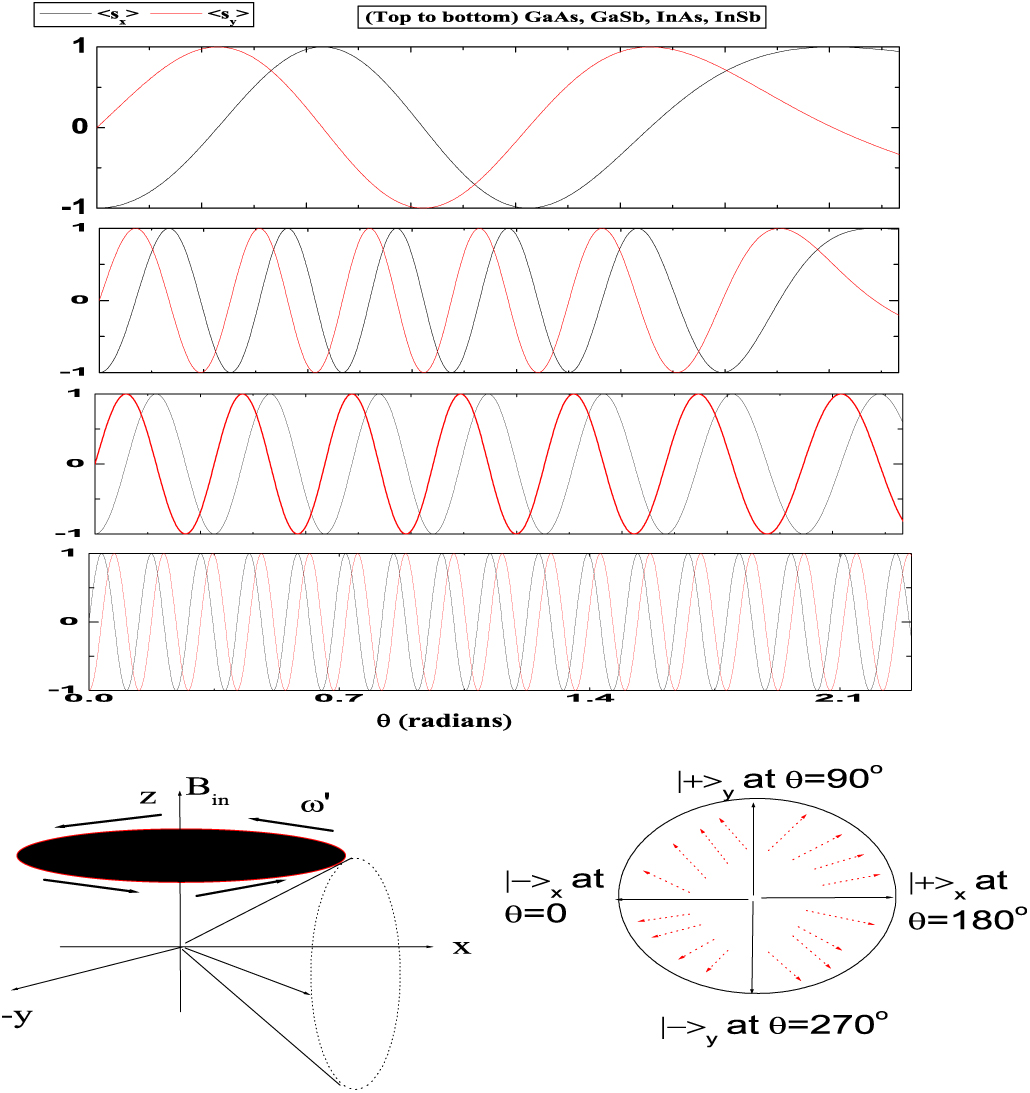EPJ B Highlight - Spinning quantum dots
- Details
- Published on 15 January 2020

A theoretical analysis of electron spins in slowly moving quantum dots suggests these can be controlled by electric fields.
The name ‘quantum dots’ is given to particles of semiconducting materials that are so tiny – a few nanometres in diameter – that they no longer behave quite like ordinary, macroscopic matter. Thanks to their quantum-like optical and electronic properties, they are showing promise as components of quantum computing devices, but these properties are not yet fully understood. Physicists Sanjay Prabhakar of Gordon State College, Georgia, USA and Roderick Melnik of Wilfrid Laurier University, Waterloo, Canada have now described the theory behind some of these novel properties in detail. This work is published in EPJ B.
In the coming quantum computing era, information storage and processing may depend on so-called spintronic devices that exploit the electron spin as well as its charge as a unit of information. This will only be possible, however, if the spin of a single electron can be controlled. Researchers have recently suggested that it should be possible to control the spin of electrons in quantum dots with electric fields through spin-orbit coupling, which is the interaction of the electron’s spin with its motion. It is this interplay between electric fields and electron spins that Prabhakar and Melnik have now modelled.
Spin-orbit coupling leads to a split in an electron’s energy levels. which can be detected as line splitting in a spectrum. The researchers simulated this effect in quantum dots made from different semiconductor materials, moving slowly through electric fields. They solved the Schrodinger equation for the system, observed strong beating patterns in the spin values and revealed that spin-orbit coupling occurs in these slowly moving dots, inducing a magnetic field in the absence of an external one. These emerging magnetic properties suggest that the dots could, indeed, have potential in quantum computing as storage and processing devices.
S. Prabhakar and R. Melnik, R. (2019), Berry phase and spin precession without magnetic fields in semiconductor quantum dots, European Physical Journal B 92:263, DOI: 10.1140/epjb/e2019-100268-3




